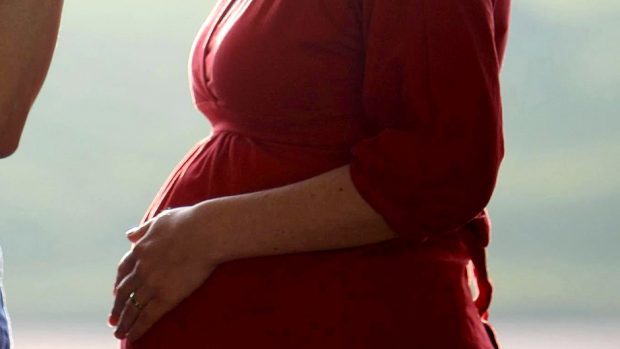Every pregnant woman should be assigned one midwife to provide the majority of their care, a review of maternity and neonatal services has found.
The proposal is one of 76 recommendations published by a review group set up by the Scottish Government.
They are based on the views of women and their families and health professionals as well as other evidence and good practice.
The Royal College of Midwives said the recommendations have the potential to “revolutionise” maternity care.
The review says the allocation of a “primary midwife” for each woman for the majority of their antenatal, childbirth and postnatal care would provide continuity of care.
Each NHS board should also ensure they are able to provide the full range of choice of place of birth, including at home, in a midwifery unit or in a obstetric unit, it states.
It also recommends a new model of neonatal care to keep mothers and babies together as much as possible and allow them to get home as soon as possible.
Proposals for neonatal care would see the smallest and most critically-ill babies cared for in up to five enhanced neonatal intensive care units while in maternity care women with the most “complex vulnerabilities” would have access to a specialist team.
Health Secretary Shona Robison welcomed the recommendations and will provide a detailed response at Holyrood at a later date.
She highlighted continuity of midwifery care as an early priority.
“This move will help build relationship-based care between women and midwives, and will improve outcomes for women,” she said.
“Changes to birth rate, demographics and best practice, as well as advances to clinical care, means the services we provide to women and babies must be adapted and updated.
“The clinical evidence shows us that, for the most critically-ill babies, delivering highly-specialist care in up to five enhanced neonatal intensive care units in Scotland will ensure better outcomes for them and their families.
“We will also be prioritising the recommendations around transport and accommodation for parents of babies in neonatal care to help ease those pressures during a difficult time for families.
“Our next steps will be to set up an implementation group to develop how best we can take forward the recommendations in partnership with the NHS and with service users.”
Mary Ross-Davie, of the Royal College of Midwives, said: “This is a defining moment for maternity services in Scotland and will be a seismic shift for our maternity services.
“The plan has the potential to revolutionise maternity care, to deliver safer and better services for women, babies and their families, and to improve the health of our population.”
